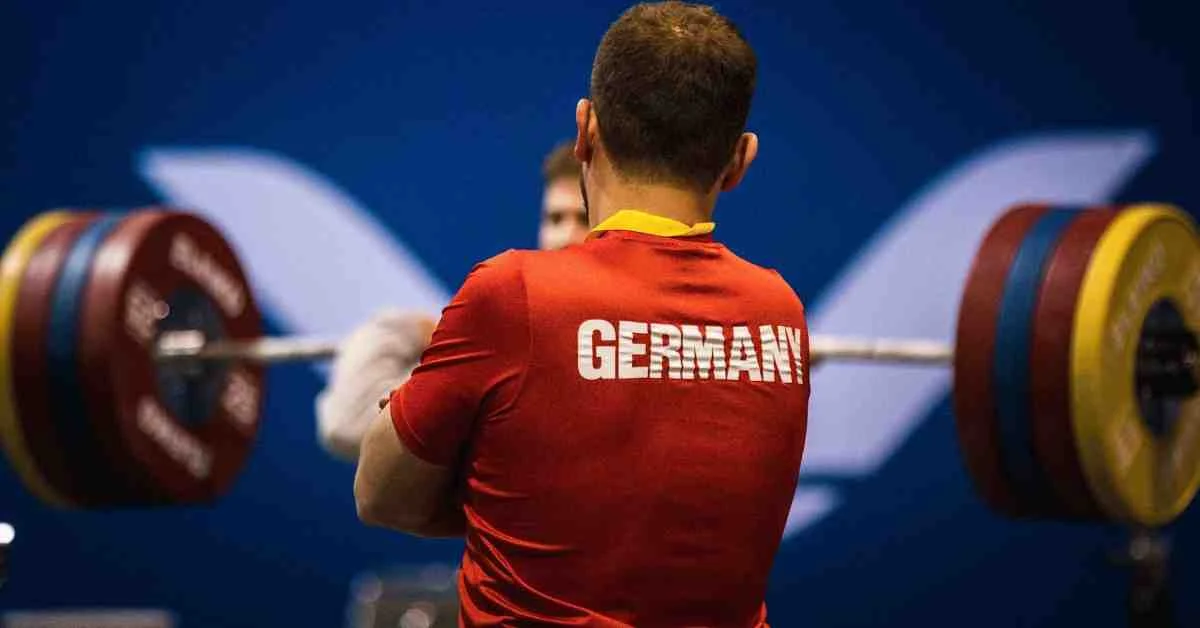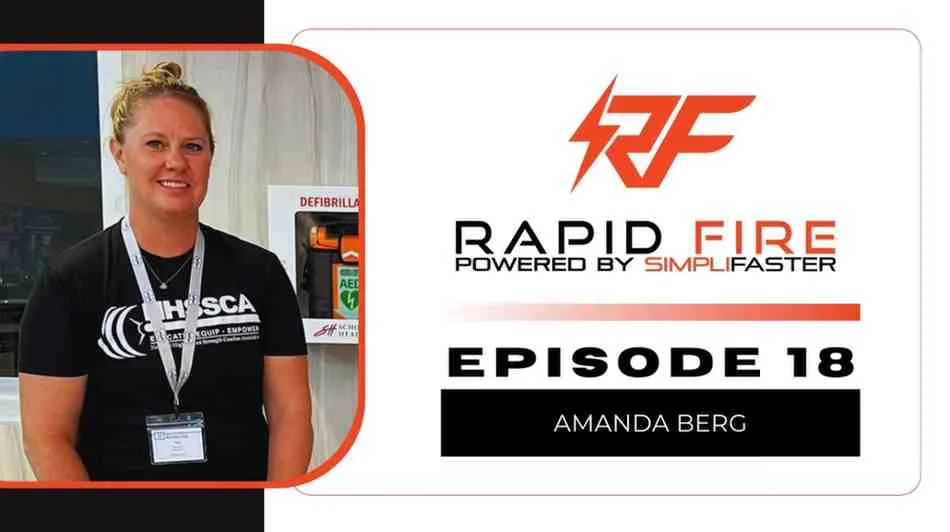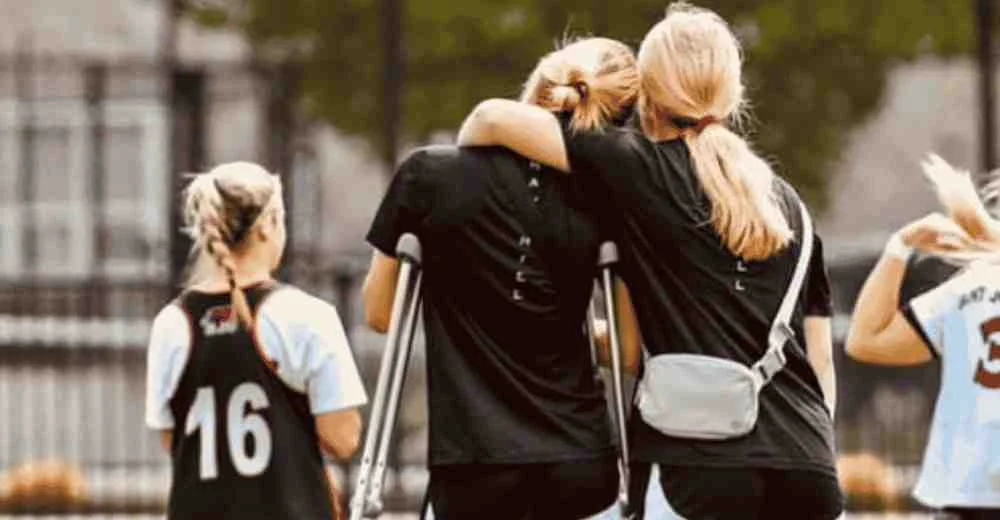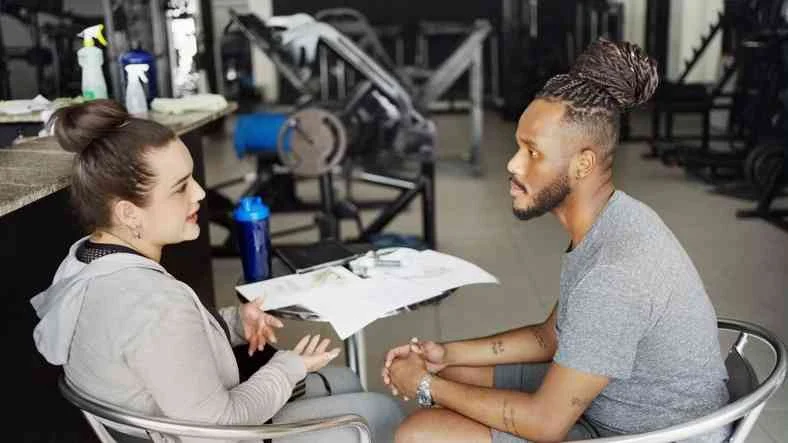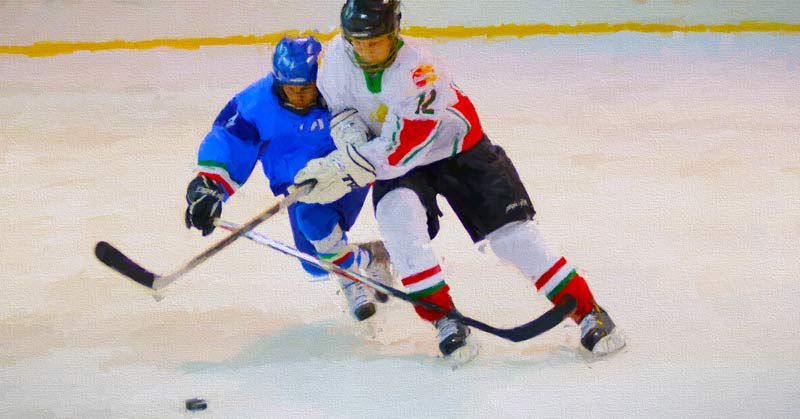
Ryan Smyth worked in television broadcasting for 15 years (including his role as senior technical director at The Sports Network) before launching his sports science technology company, The Park Sports Facility, Inc. The Park provides sports organizations and elite training facilities with the tools and technical support necessary to run a smooth and highly functioning sports science platform. Some of the organizations The Park has worked with include the Ontario Hockey League, the Anaheim Ducks, and high-performance gyms such as Elite Training Systems in Whitby, Ontario. For the latest news and tricks of the trade, follow Ryan on Twitter at @the_park_sports.

Freelap USA: Managing training and recovery data requires a lot of cleaning because even automated data from devices and sensors has limitations. While some equipment and software companies claim streamlined solutions, could you share the difficulties of dealing with sports technology in team environments?
Ryan Smyth: When working with a team, the data collected can be useful for a number of different people, for a number of different reasons. And each of these people needs to look at their own specific piece of the puzzle, in their own specific way. So, while many products offer real-time metrics, there’s just not a quick one-size-fits-all way of organizing things yet.
It’s important to know the shortcomings of the technology, look for the key metrics that shape decisions, and focus on those that have the greatest impact at the moment. Past that, know what’s right and what’s wrong with the data you are collecting and get rid of the garbage, so you’re tracking the same things the same way over time.
Determine key metrics & focus on data with the greatest impact; know a technology’s shortcomings. Share on XFreelap USA: Some software companies are claiming proprietary algorithms for forecasting injuries based on reported data only. While subjective data is useful and valid, many objective measures are essential. Could you go into managing power and other “hard” data points? Perhaps the jump and barbell technologies available, like Gymaware and Contemplas.
Ryan Smyth: “Hard” data is what everyone is either already working with or should be. It’s the easiest and quickest data to turn to in order to make snap decisions. Many technologies offer quick answers to common metrics, be that velocity, time, force, or power. Gymaware, 1080 Sprint, and Contemplas are all wonderful tools to use to grab these types of data points. However, it’s important to note that each metric has its own unique meaning to the player you are observing. We don’t all share the same DNA; we don’t all play the same position or the same amount of minutes. So, in a team environment, you need to keep your focus on the individual, not the team average.
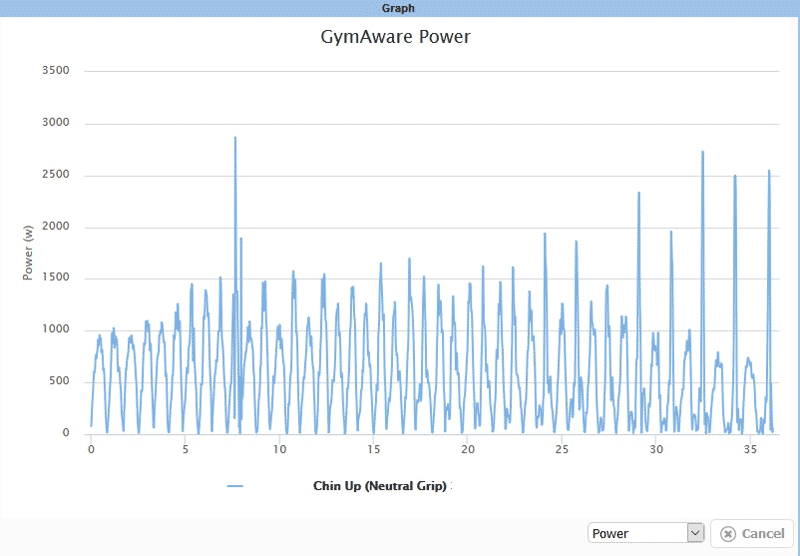
Ultimately, it’s always worthwhile to spend time with the data collected and truly understand its meaning. And to weigh that against the subjective data that’s available to you as well. The more you know…
Freelap USA: Skate velocity is much harder to assess but is a direct measure of what coaches want to know—speed ice. Could you get into profiling athletes with such tools as the 1080 Sprint versus Timing Gates? What about the emerging rise of IMUs for motion analysis?
Ryan Smyth: Skate velocity is a tough one. There are a few challenges here. First, it can be a hard sell to get players interested in wearing a device while they’re on the ice. And even if they do, you’re limited to collecting data in practice scenarios, which isn’t necessarily a great indicator as to what is actually happening during a real game, but it’s as close as it gets for now.
The 1080 Sprint is great because you can show left versus right, work on overspeed or resistance, and show power, force, speed, and time as soon as the player skates up and steps on the ice. The only issue is that you need to be on the ice with them. So it can be a bit cumbersome.
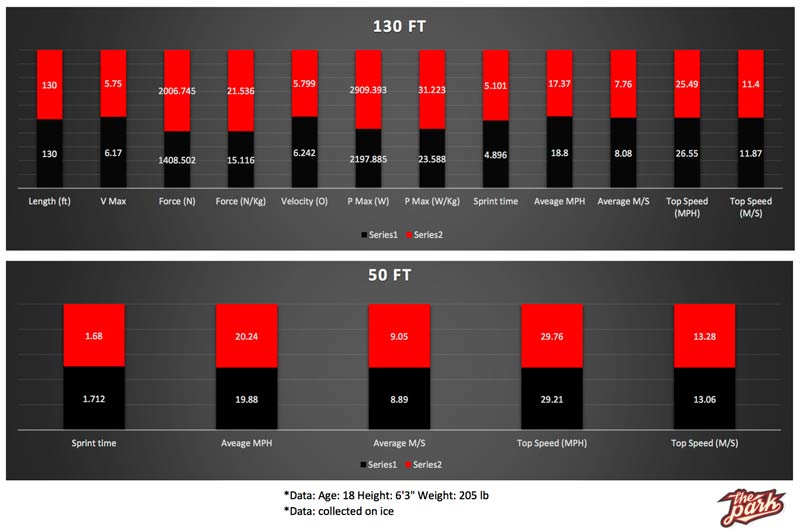
Timing gates are good for timing and, if you do a little work and figure out the math, you can use that data to obtain force, speed, and power as well. It takes some time, though, as this doesn’t come built into the system.
A tool I like to use on its own or in conjunction with the above, is video. I use video analysis when collecting info on timing quite a bit. This allows the skater to just do their drill without needing any on-ice markers or wearable devices.
While we are on the topic, I should probably mention the indoor tracking systems that use X and Y coordinates to look at loads, peak velocity, acceleration, and deceleration. There’s not a lot of real-time data with the last two, but there are ways around that. These systems are just so involved right now, but they still aren’t where they need to be yet. Portability and connectivity issues are the main barriers at this time.
IMUs are absolutely wonderful for motion analysis and can give you a deep insight into movement that has previously been unattainable. Looking at the body’s angles, especially in the pelvic and hip area, can reveal some really interesting points. The next move will be using load sensors, but no one has really figured that out yet. Keep an eye on a movement toward IMUs that can be embedded and load sensors that look at the loads on isolated parts of the body.
Freelap USA: Physiological monitoring like HRV is very popular now, but some teams struggle to even get data. Some cultures are more receptive to getting players to buy in and that is very team-specific. What do you think is essential for educating the management or coaches to help drive adoption?
Ryan Smyth: Earning the player’s trust is essential when implementing regular testing. But, once you can show them how the data is impacting their training—that they are performing better, recovering quicker, and getting hurt less—then it’s easy. A little friendly competition between teammates can go a long way, too.
Looking at the bigger picture, it’s beneficial to start implementing this kind of testing at the minor league level. As with any kind of technology, the younger they are, the more receptive they are to this kind of thing.
Establishing a solid groundwork early on will make a smoother transition into the majors. And it would be a huge leg up for coaches and trainers to have that history handed to them when a new player comes up the ranks. To have that kind of information from Day One puts everyone a step ahead in terms of training.
Freelap USA: Many teams are claiming data analysis in pro sport and don’t do much more than preseason screening. Could you share the challenges of the NHL beyond the typical discussions of travel, athlete compliance, and practice design with team coaches? Any ideas to make things better without revealing anything too sensitive?
Ryan Smyth: I think there’s this misconception in the sports industry, particularly in North American sports, that machines and technology are intended to replace old school methodology. So, naturally, there can be some resistance at first. In my experience though, it’s actually the combination of technology-based testing with more traditional methods that really generates results. It’s really essential to create a system that supports the organization at all levels, where data and input is shared across the board. This type of environment will spur on the process and encourage regular testing.
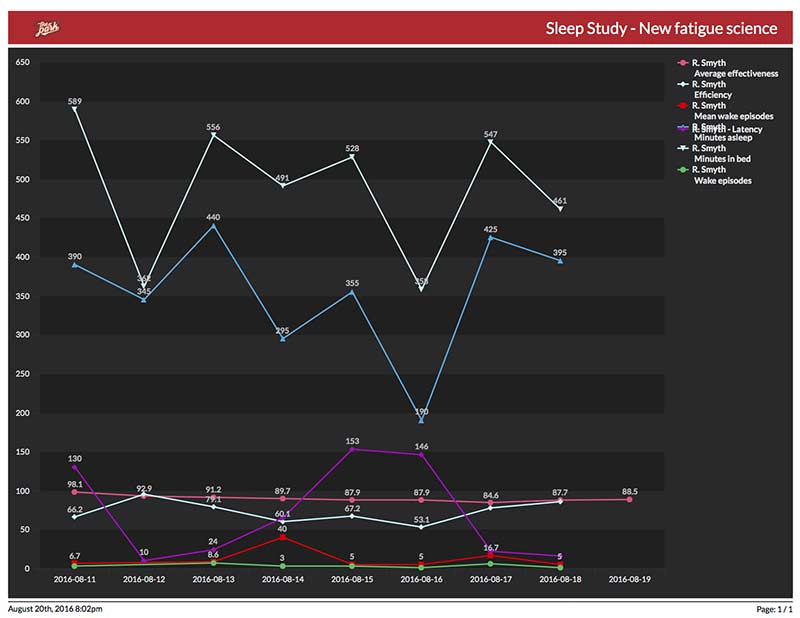
And, as I touched on earlier, the sooner you get these kids on board with this kind of program, the better. In my opinion, the minor leagues are an untapped resource when it comes to building a successful, well-rounded sports technology platform. And this isn’t just the case with hockey. You can see this happening in baseball, football, etc. My prediction is that, within the next few years, we start to see more integrated systems at the semi-pro and minor league levels.


